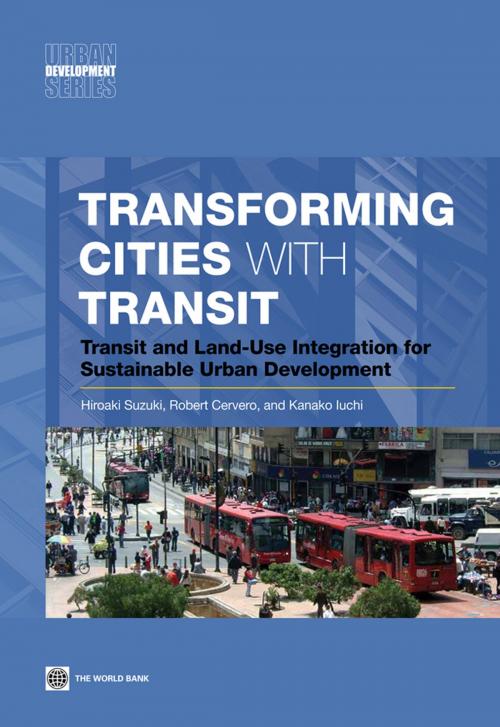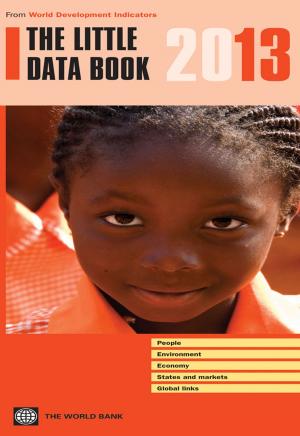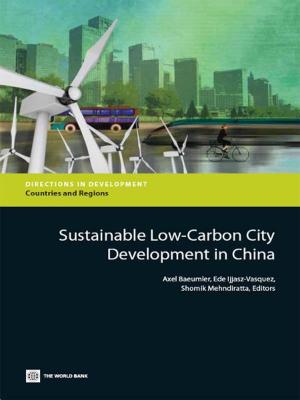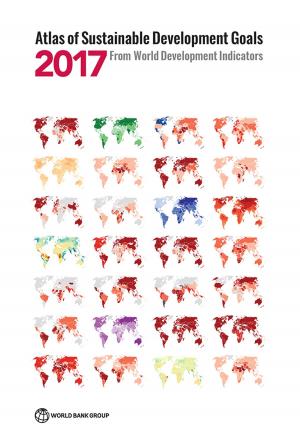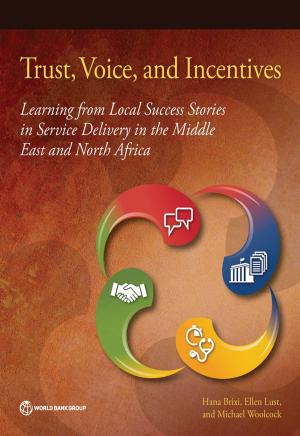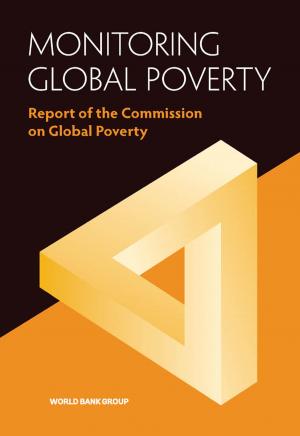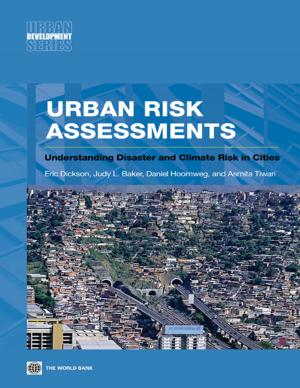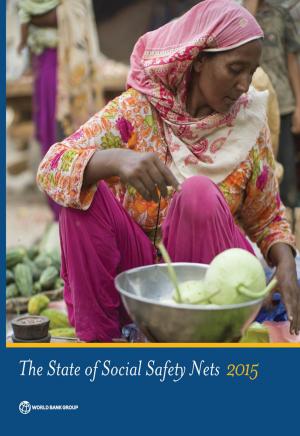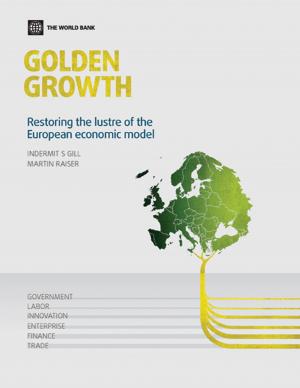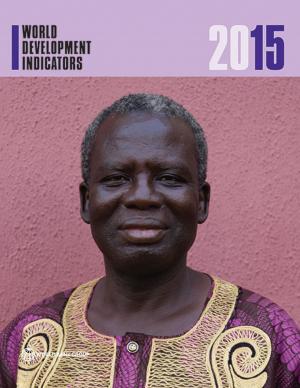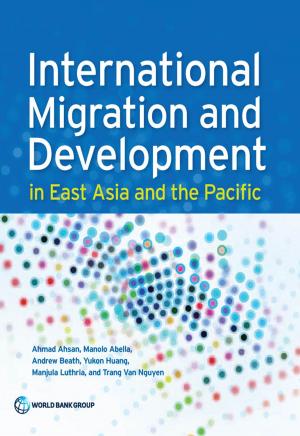Transforming Cities with Transit
Transit and Land-Use Integration for Sustainable Urban Development
Business & Finance, Economics, Urban & Regional, Sustainable Development, Economic Development| Author: | Hiroaki Suzuki, Robert Cervero, Kanako Iuchi | ISBN: | 9780821397503 |
| Publisher: | World Bank Publications | Publication: | January 22, 2013 |
| Imprint: | Language: | English |
| Author: | Hiroaki Suzuki, Robert Cervero, Kanako Iuchi |
| ISBN: | 9780821397503 |
| Publisher: | World Bank Publications |
| Publication: | January 22, 2013 |
| Imprint: | |
| Language: | English |
'Transforming Cities with Transit' explores the complex process of transit and land-use integration in rapidly growing cities in developing countries. As one of the most promising strategies for advancing environmental sustainability, economic competitiveness, and socially inclusive development in fast-growing cities, transit and land-use integration is increasingly being embraced by policy-makers at all levels of government. This book focuses on identifying barriers to and opportunities for effective coordination of transport infrastructure and urban development. Global best-case practices of transit-oriented metropolises that have direct relevance to cities in developing countries are first introduced. Key institutional, regulatory, and financial constraints that hamper integration and opportunities to utilize transit to guide sustainable urban development are examined in selected cities in developing countries. For this, the book analyzes their Bus Rapid Transit (BRT) systems and their impact on land development. The book formulates recommendations and implementation strategies to overcome barriers and take advantage of opportunities. It asserts that unprecedented opportunities have and will continue to arise for the successful integration of transit and land development in much of the developing world. Many cities in developing countries currently exhibit the pre-requisites - e.g., rapid growth, rising real incomes, and increased motorization and congestion levels - for BRT and railway investments to trigger meaningful land-use changes in economically and financially viable ways. Recommendations for creating more sustainable cities of the future range from macro-level strategies that influence land development and governance at the metropolitan scale to micro-level initiatives, like Transit Oriented Development (TOD), that can radically transform development patterns at the neighborhood level. The book will be of interest to a wide and diverse audience, including mayors, council members and other national and local policy makers, urban and transportation planners, transit-agency officials, and developers and staff of development financial institutions and others involved with TOD projects in rapidly growing and motorizing cities of the developing world.
'Transforming Cities with Transit' explores the complex process of transit and land-use integration in rapidly growing cities in developing countries. As one of the most promising strategies for advancing environmental sustainability, economic competitiveness, and socially inclusive development in fast-growing cities, transit and land-use integration is increasingly being embraced by policy-makers at all levels of government. This book focuses on identifying barriers to and opportunities for effective coordination of transport infrastructure and urban development. Global best-case practices of transit-oriented metropolises that have direct relevance to cities in developing countries are first introduced. Key institutional, regulatory, and financial constraints that hamper integration and opportunities to utilize transit to guide sustainable urban development are examined in selected cities in developing countries. For this, the book analyzes their Bus Rapid Transit (BRT) systems and their impact on land development. The book formulates recommendations and implementation strategies to overcome barriers and take advantage of opportunities. It asserts that unprecedented opportunities have and will continue to arise for the successful integration of transit and land development in much of the developing world. Many cities in developing countries currently exhibit the pre-requisites - e.g., rapid growth, rising real incomes, and increased motorization and congestion levels - for BRT and railway investments to trigger meaningful land-use changes in economically and financially viable ways. Recommendations for creating more sustainable cities of the future range from macro-level strategies that influence land development and governance at the metropolitan scale to micro-level initiatives, like Transit Oriented Development (TOD), that can radically transform development patterns at the neighborhood level. The book will be of interest to a wide and diverse audience, including mayors, council members and other national and local policy makers, urban and transportation planners, transit-agency officials, and developers and staff of development financial institutions and others involved with TOD projects in rapidly growing and motorizing cities of the developing world.
